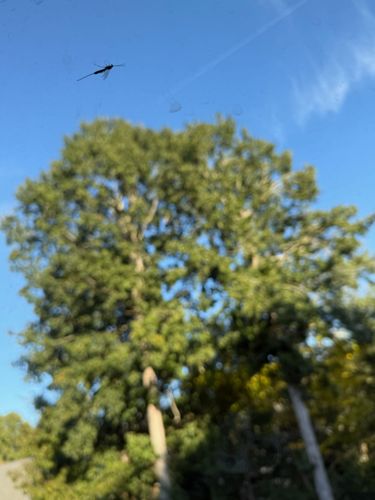Crane Fly
Scientific Name: Tipulidae
Order & Family: Diptera, Tipulidae
Size: Typically 2 to 100 mm (0.08 to 4 inches) in body length, with very long legs that can make them appear much larger.

Natural Habitat
Damp environments, near bodies of water, forests, grasslands, and suburban areas. Larvae are aquatic or semi-aquatic, or live in moist soil/decaying wood.
Diet & Feeding
Adult crane flies generally feed on nectar, decaying plant matter, or do not feed at all. Larvae (leatherjackets) are more varied, feeding on decaying organic matter, roots of plants, or sometimes small invertebrates.
Behavior Patterns
Adults are often seen flying clumsily, sometimes attracted to lights at night. They have a short adult lifespan, primarily focused on reproduction. Larvae play a role in decomposition and nutrient cycling in their respective habitats.
Risks & Benefits
Crane flies are generally harmless to humans. They do not bite or sting. Larvae can occasionally become pests in lawns or agricultural fields by feeding on roots, but this is usually minor. As adults, they can be a food source for birds, bats, and other insects, contributing to the food web. Larvae contribute to soil health and nutrient cycling.
Identified on: 9/23/2025